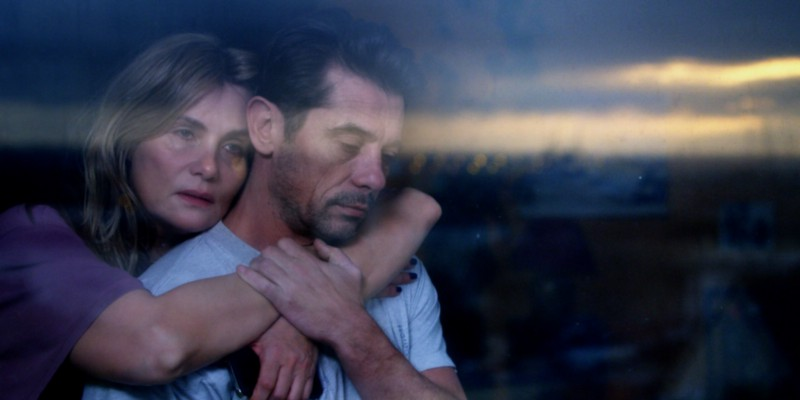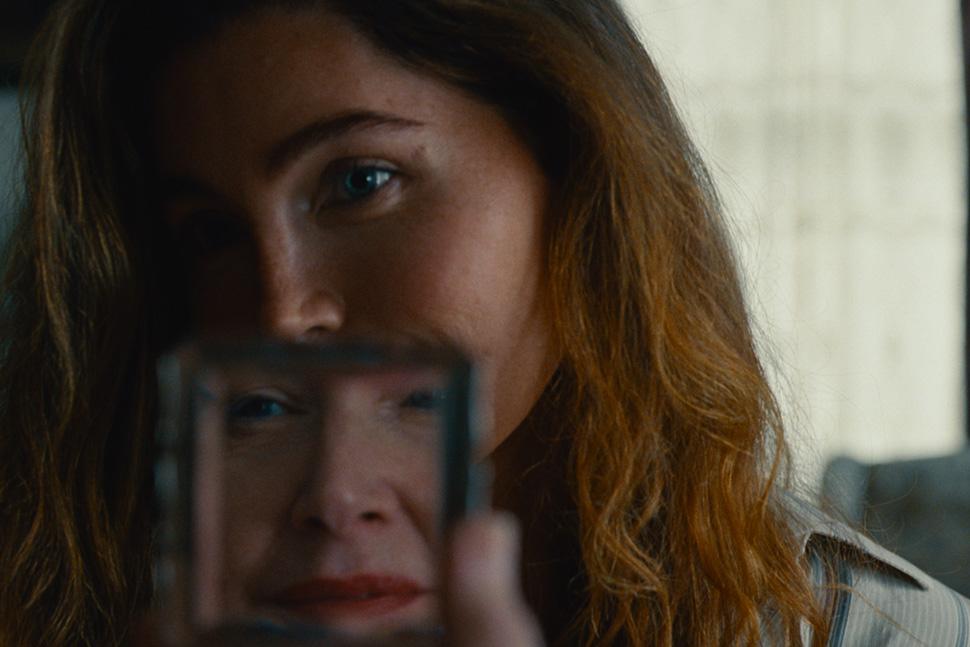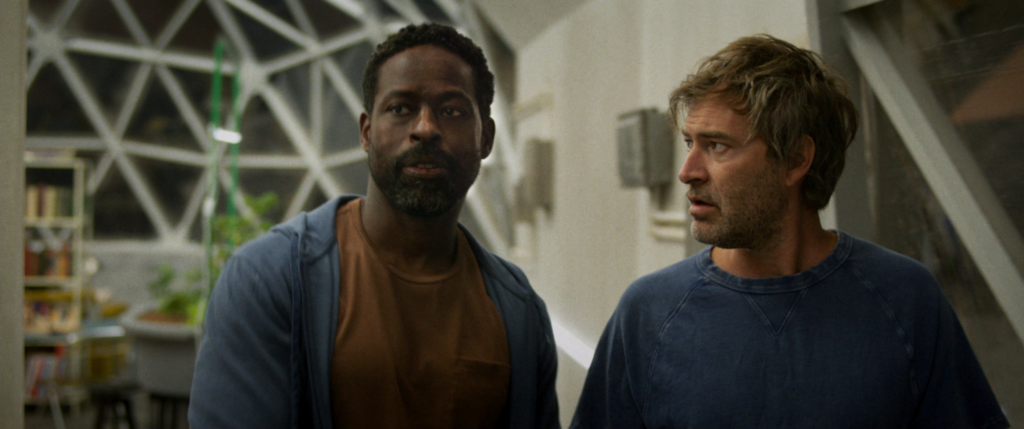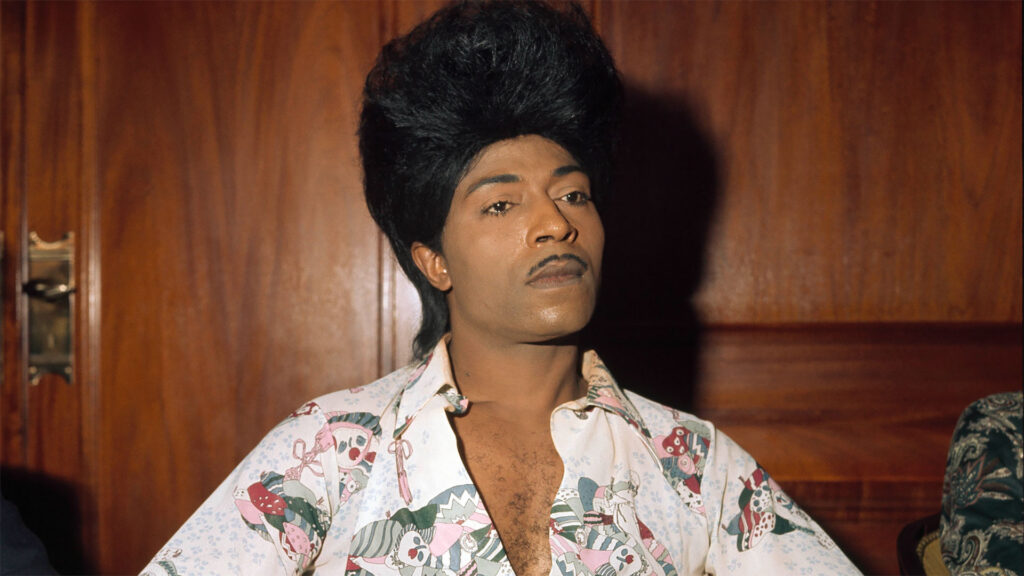“I can’t walk much. I can’t go upstairs,” a woman waiting for a heart transplant explains in the trailer for “Heal the Living.” “I’m not sure I want a dead person’s heart,” she adds.
From director Katell Quillévéré, “Heal the Living” follows two different families whose lives are forever changed by a heart transplant. Marianne and Vincent (Emmanuelle Seigner and Kool Shen) find out their son, Simon (Gabin Verdet), has been in a car accident and is now brain dead. Meanwhile, Claire (Anne Dorval), a 50-year-old woman with a family of her own, is unable to accept that someone will have to die in order for her to continue living.
“This situation makes organ donation possible,” a doctor (Bouli Lanners) gently tells Simon’s heartbroken parents. That’s true from a medical perspective, but it’s an impossible situation for Marianne, Vincent, and Claire.
In an interview with Women and Hollywood (which you can read in full below), Quillévéré emphasized how she wants her film to change the way audiences think of their hearts. “I hope they’ll listen to their heartbeat in a new way,” she said. “I hope that the film will have suggested some new ways of considering this organ that is the heart, at once a fascinating muscle and the keeper of our emotions, our soul. I hope they will consider becoming donors if they aren’t already, and that they will discuss it with people they know.”
Quillévéré co-wrote “Heal the Living” with Gilles Taurand. Based on Maylis de Kerangal’s novel “The Heart,” the film screened at the Toronto International Film Festival last fall.
“Love Like Poison,” “Suzanne,” and “À bras les corps” are among Quillévéré’s previous credits.
“Heal the Living” opens Friday in NY. Check out the trailer and our interview with Katell Quillévéré below.
W&H: Describe the film for us in your own words.
KQ: The film is the story of a heart’s voyage from the body of a teenager who loses his life in an accident to a 50-year-old woman awaiting the transplant that will prolong her life. It’s a scientific, emotional, and spiritual adventure around the question of organ donation.
W&H: What drew you to this story?
KQ: I was really moved by Maylis de Kerangal’s novel, which the movie is based on. Above all, the emotions I’d felt reading the book guided me. I felt close to this story, for my own personal reasons no doubt, and also for its strong cinematic possibilities.
My previous film, “Suzanne,” was also haunted by loss — the death of a mother — and at the same time focused on the living, those who remain, propelled by their urge to live. I’m always interested in stories of resilience.
W&H: What do you want people to think about when they are leaving the theater?
KQ: I hope they’ll listen to their heartbeat in a new way. I hope that the film will have suggested some new ways of considering this organ that is the heart, at once a fascinating muscle and the keeper of our emotions, our soul.
I hope they will consider becoming donors if they aren’t already, and that they will discuss it with people they know.
W&H: What was the biggest challenge in making the film?
KQ: The surfing sequence was extremely difficult to pull off and required a lot of hard work. For example, we had to build special boxes for our cameras, the conditions for the cameraman and the surfers were very difficult and risky, and editing it was a bitch! But it was a great challenge to take on.
The surgery scenes were also very complex, because all of the special effects were on-set. It required months of working hand in hand with real surgeons, who also trained the actors. It was very important to me that the scenes extracting the heart and transplanting it be as realistic as possible.
W&H: How did you get your film funded? Share some insights into how you got the film made.
KQ: The film was financed in the standard way, through government grants and private investors in France and Belgium.
W&H: What does it mean for you to have your film play at TIFF?
KQ: I’m thrilled. Especially to be part of the prestigious Platform competition. And this is my first time in Toronto!
W&H: What advice do you have for other female directors?
KQ: If you want to make films, first of all you have to give yourself permission — tell yourself you’re capable. Then work relentlessly.
W&H: Name your favorite woman-directed film and why.
KQ: I admire Jane Campion’s films because of her great way with storytelling, direction, and emotion.
W&H: Have you seen opportunities for women filmmakers increase over the last year due to the increased attention paid to the issue? If someone asked you what you thought needed to be done to get women more opportunities to direct, what would be your answer?
KQ: For my generation in France today, I don’t think women directors have it any harder than the men do when it comes to getting theirs films made. This is thanks to previous generations’ struggles and the progress of society. Anything a male director can do, a female director can do. That idea needs to take hold everywhere.







